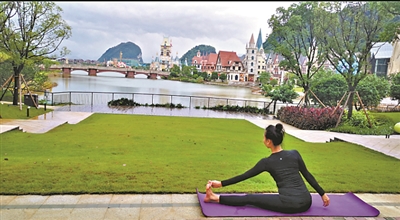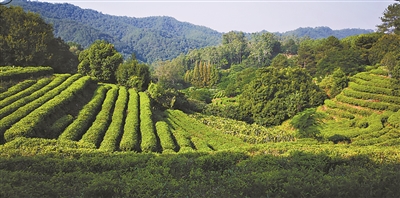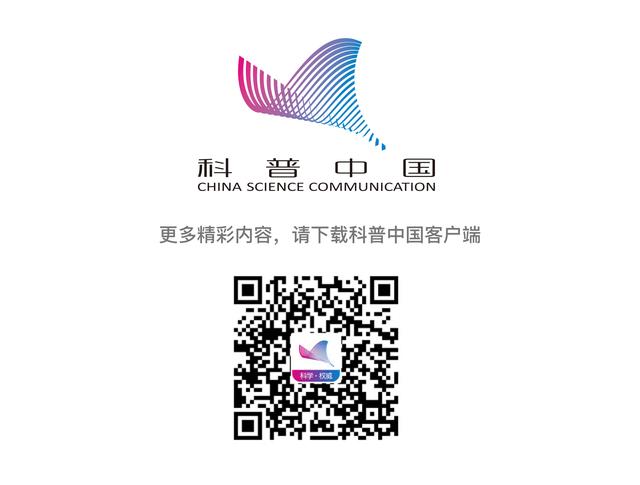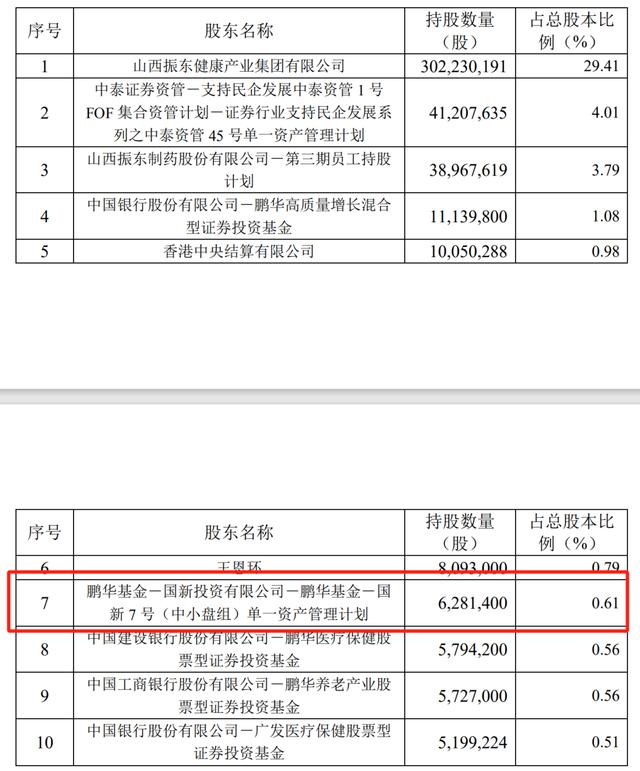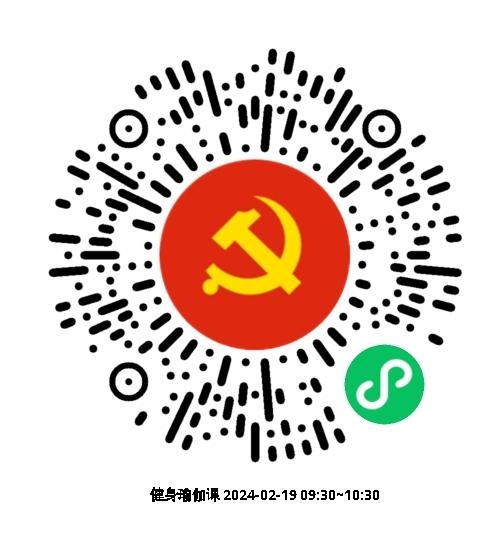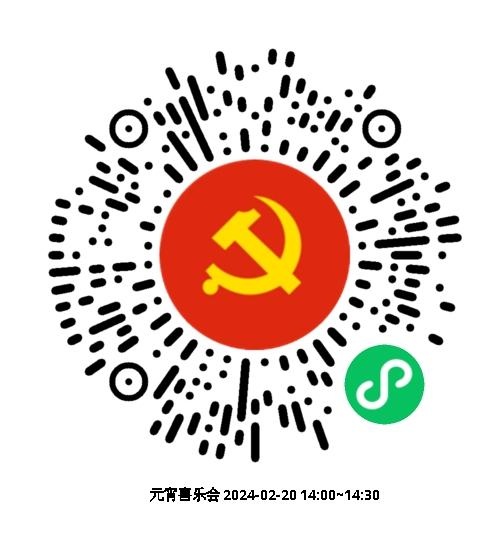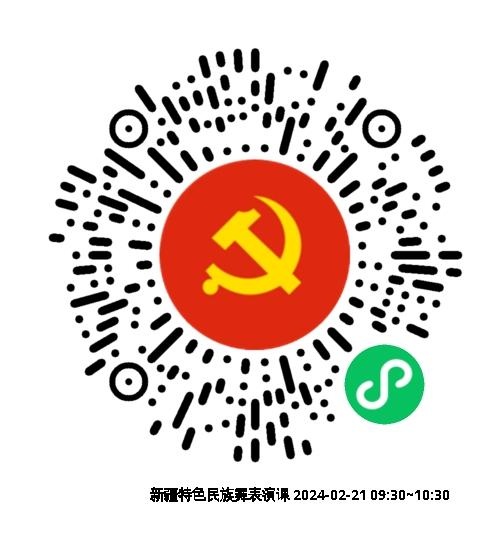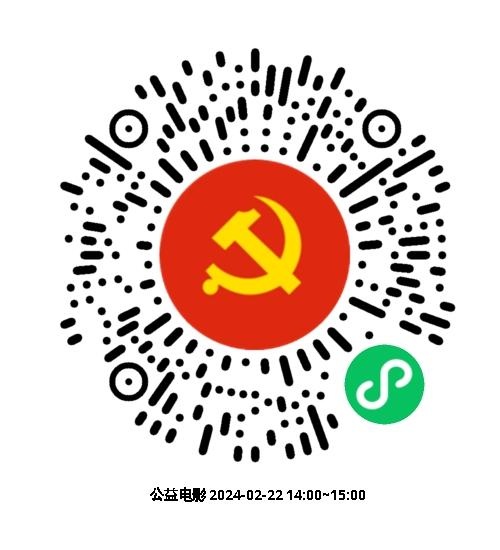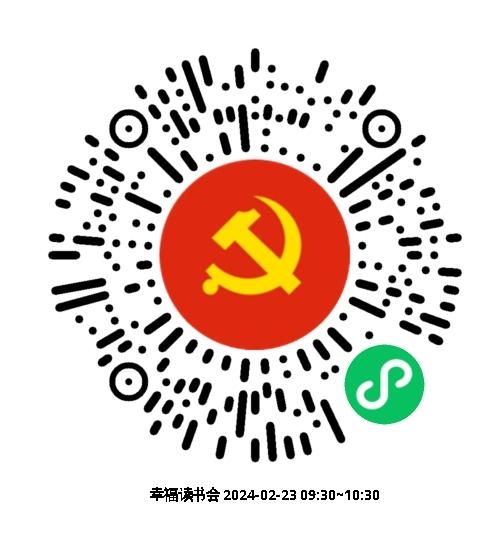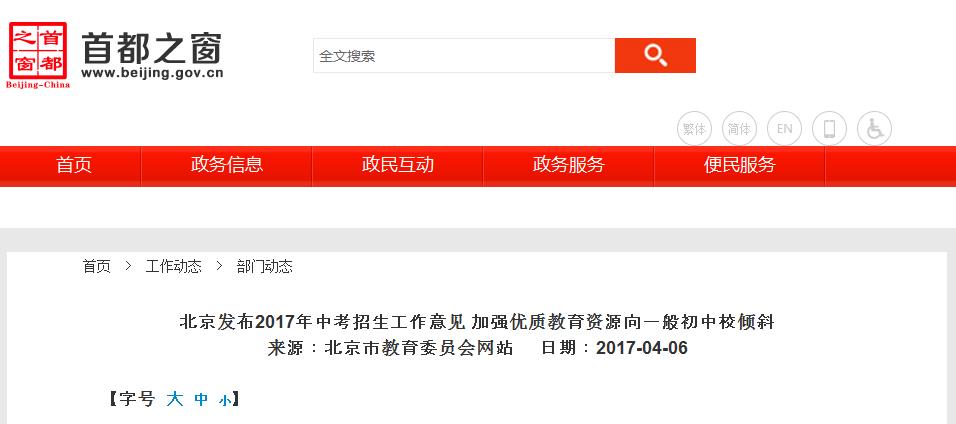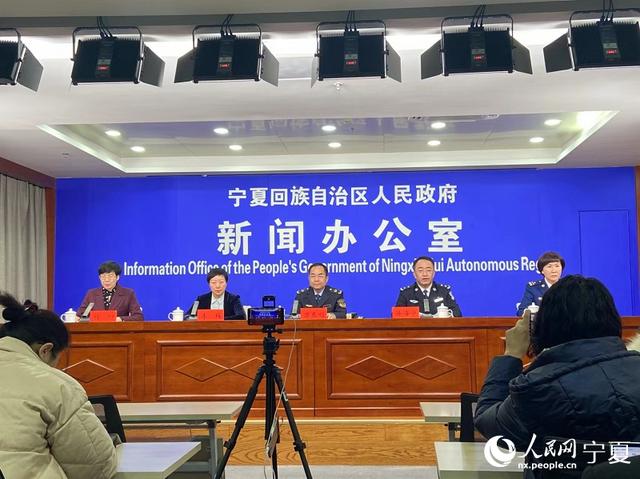Click "Play" to watch the video.
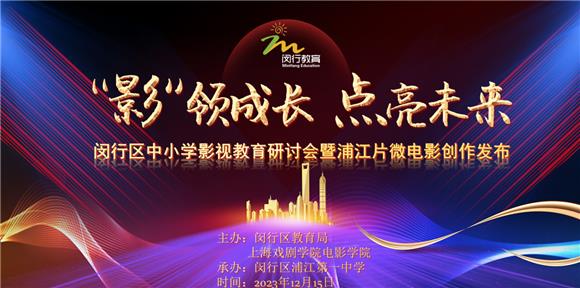
Minhang District Primary and Secondary School Film and Television Education Seminar and Pujiang Film Microfilm Creation Release
On December 15th, sponsored by Minhang Education Bureau and Film Academy of Shanghai Theatre Academy, and hosted by Pujiang No.1 Middle School, Minhang District Film and Television Education Seminar and Pujiang Microfilm Creation Conference were successfully held in Baihua Theater of Pujiang No.1 Middle School.



Wang Li, Deputy Director of Minhang District Education Bureau (on post), Han Yongsheng, Party branch secretary of Film Academy of Shanghai Theatre Academy, Zhang Meiqin, director of Minhang District Development and Reform Commission, Wang Mingliang, chairman of Jinshan Digital Film Company of Shanghai Education Cinema, Ma Weibao, director of Minhang Station of Jinshan Digital Film Company of Shanghai Education Cinema, Min Xu, service office of Pujin Sub-district Office, Li Jia, Film Academy of Shanghai Theatre Academy, Duan Ran, Chen Yaozhong, Party Secretary and President of Pujiang No.1 Middle School, Wang Meili, Vice President of Pujiang No.1 Middle School and director of Pujiang Film, attended the event. Members of Minhang District Moral Education Management Center, moral education cadres of primary and secondary schools in Pujiang Film, and teachers and students representatives of various awards for Pujiang Film Microfilm Creation also participated in the event.
As a pilot area of film and television education in Minhang District, Pujiang Film has carefully formulated an activity plan and mobilized it widely, and received a total of 23 "micro-movies" works. Movies have not only interpersonal communication and family relations in daily life, but also emotional confusion and self-transformation in the process of growing up.
Awards: Best Actor, Best Film and Best Creativity of Microfilm.



Wang Li, deputy director of Minhang District Education Bureau, and Han Yongsheng, secretary of the Party branch of Shanghai Theatre Academy Film Academy, presented awards to the winners of the "Best Film Award"; Zhang Meiqin, a moral education specialist in General Education, Minhang District Education Bureau, and Xu Hui, head of Minhang District Development and Reform Commission, presented awards to the winners of the "Best Creative Award"; Wang Mingliang, chairman of Shanghai Education Cinema Jinshan Digital Film Company, and Ma Weibao, stationmaster of Minhang Station of Shanghai Education Cinema Jinshan Digital Film Company, presented awards to the winners of the "Best Actor Award".
list of winners



Schools in the district dig deep into the value of film education, improve the construction of film and television education curriculum system, coordinate with the "social classroom" to educate people, make every effort to create a sample of film education in primary and secondary schools, and fully help the healthy growth of Minhang students with ideals, pursuits, feelings and temperature!
Work Report: Relying on "Miniature Management" to Improve the Effectiveness of School Film and Television Education

Let beautiful light and shadow grow together
Zhang Meiqin, a specialist in general education and moral education in Minhang District Education Bureau.
Zhang Meiqin mentioned that Minhang District adheres to the guidance of "healthy children, the future of Minhang", integrates moral education and five educations, forms a work pattern of common concern and support for the ideological and moral construction of minors, and promotes the high-quality development of Minhang education. Starting with the value implication of film and television education, she shared with you how film and television education can promote the organic integration of moral education with the teaching contents of various disciplines, with thematic education, and with practical activities inside and outside the school, thereby empowering young people to grow up, stimulating students’ love for the party, the country and the people, enhancing their understanding and recognition of the "four self-confidences", developing good ideological and moral, psychological quality and behavior habits from childhood, forming a correct world outlook, outlook on life and values, and improving students’ aesthetics and humanities.

Relying on "Miniature Management" to Improve the Effectiveness of School Film and Television Education
Wang Meili, Vice President of Pujiang No.1 Middle School
Wang Meili, the vice principal, shared the "highlight" moment and successful experience in Pujiang film and television education activities with the "miniaturization" management. She mentioned that, based on the superior documents of the city and district, combined with the "Hundred Years of Cultivating People" film sunshine activity carried out in the whole district, all schools in the district cooperated with each other, and through refined management, diversified film and television education methods were used from three aspects: "strengthening mission awareness, division of labor and cooperation", "strengthening innovation awareness, careful planning and effectiveness" and "strengthening quality awareness, and professional participation is the guarantee" to deepen quality education and enhance the effectiveness of film and television education.
School practice sharing: closely following "curriculum education" and optimizing the implementation of film and television education.

Firm and confident, meet a bright future
Chen Yaozhong, Party Secretary and President of Pujiang No.1 Middle School
Principal Chen Yaozhong’s report focuses on the educational purpose of "Let every child confidently move towards the future" and the school’s characteristic "FLAME" course, and reports the exploration practice and effective achievements of Pujiang No.1 Middle School in film and television education from three aspects.

Give priority to me:Collaboration warms the heart, and high-quality courses stimulate project tension
Relying on the resources of parents and communities, the school develops the project of "Career Education Career Forum", combining with film and television education, so that students can further feel the "adult talent" behind their careers, broaden their horizons and promote students to form the consciousness of preliminary planning life development.
Self-confidence is paramount:Teach students in accordance with their aptitude and tell a good red story.
Film education is the infiltration of red culture. The school links the spirit of the times and film and television resources, and the activities are carried out in grades by watching movies, writing film reviews, speaking competitions, film poster design competitions, film dubbing competitions, singing the theme song of red movies, and rehearsing stage plays.
Education-oriented:Enlightening wisdom and moistening heart, film and television education glows with innovative vitality
Film and television education in art class. Let the film and television education keep pace with the times, so that students can learn wonderfully and meaningfully in the art classroom. Teachers brainstorm, bring forth new ideas, and start an interdisciplinary teaching attempt. By popularizing the knowledge of film and television aesthetic education, students can be guided to appreciate classic film and television works, and students’ perception of literature and art can be cultivated. Film and television education is full of vitality.

Micro Forum: Feel the Charm of Light and Shadow
Pujiang No.3 Middle School Zhou Jiayi Moral Education Team
Pujiang No.3 Middle School has selected 100 excellent films with strong ideological and artistic qualities, which promote the national spirit, and formed a "hundred films library" exclusively for students of No.3 Middle School. The school has also developed the "Hundred Movies" course plan, and organized students to complete the observation of hundreds of excellent film works.
Teacher Zhou mentioned that film and television have the function of educating people. In the process of watching hundreds of movies, students can express their feelings by using the Memo of Watching, from which they can standardize their words and deeds, learn the character of movie characters and form a sense of self-discipline. At the same time, a series of original activities such as film dubbing and microfilm shooting also help students cultivate their self-reliance and self-improvement character.
Teacher Pan shared a series of activities carried out by the school by combining after-school service time with film and television education. He mentioned that film and television education has divided different educational themes, allowing students to deeply understand the ideas and connotations of movies. For example, the theme of "My Father and I" is to feel the spirit of striving for our country and internalize our emotions. After-school service is combined with film and television education, and students enjoy it and gain from it.
Mr. Huang mentioned that different films brought him different feelings, and he also learned a lot from these excellent films. He became sunny, confident and brave by participating in the campus speech contest with the theme of film and television, and gained different experiences.

Sitcom: My Tutor Takes Me to the Movie
Xia Mengmeng’s team of teachers and students attached to Shangxi School
A lively sitcom kicked off, and the tutors attached to the school discussed and learned from each other, explored various forms of film and television education activities, and improved the educational effect. From the deduction of teachers and students, we feel the teacher’s intention and affection, which brings children different experiences.



In the school attached to the drama, the tutors worked together to bring students a different viewing experience through wonderful activities in the collision of wisdom. The original campus red sitcom "Echo of the Century", which was performed by students, was derived from "The Founding of the People’s Republic of China". The activity of "Tutor takes me to the movies" has set up an activity platform for students to experience roles, internalize emotions and really enter the film and television works.
Schools in the district fully tap the elements of "five educations" in film and television education, carry out rich characteristic education activities and form teaching cases. I believe these valuable successful experiences and practices will be valuable resources for the follow-up film and television education.
Awarding moment

In this selection activity, nearly 50 cases were received, focusing on the inheritance of red culture, the promotion of artisans’ spirit, and the activities of school tutors. A total of 16 outstanding cases were evaluated, forming the Collection of Excellent Film and Television Education Cases of Pujiang Film. Wang Meili, Vice President of Pujiang No.1 Middle School, and Ms. Min Xu from Pujin Sub-district Service Office presented awards to the award-winning teachers of excellent film and television education in Pujiang.



Project start: "Jin" color film and television studio

Leaders jointly staged to light up the "Jin" color film and television studio project.
Expert comments

Li Jia, Film Academy of Shanghai Theatre Academy
Teacher Li commented on the students’ film and television works from the perspective of film and television major, and we can see the unparalleled creativity of the students in terms of emotional expression, shooting techniques and material selection. She mentioned that while diversified film and television education activities guide students to think about the meaning and value of life, they will also provide valuable talents for the film and television industry, provide students with a platform to show their talents, and meet students’ individual needs to the greatest extent.

Duan Ran, Film Academy of Shanghai Theatre Academy
Teacher Duan affirmed that students can spontaneously explore and focus on the theme in the creation of micro-movies, thus producing works with adolescent characteristics. He mentioned that movie-watching activities can not only learn a variety of knowledge, but also enjoy the charm of film and television, and realize the expansion of courses. At the same time, he also hopes that students can achieve comprehensive growth and cultivate their own aesthetic ability and innovation ability in "moistening things quietly".
Leadership speech

Wang Li, Deputy Director of Minhang District Education Bureau (on post)
Deputy Director Wang spoke highly of the achievements of film and television education displayed by teachers and students in this activity. He mentioned that with the wisdom of front-line teachers and the active participation of students, film and television education will definitely add a touch of bright color to moral education and leave brilliant light and shadow for students’ youth.
Adhere to Lide Shuren and Develop Film and Television Education
Schools should choose appropriate film and television resources and implementation paths according to the characteristics of students’ physical and mental development at different stages, clearly position, define objectives, set courses, reform teaching and improve evaluation, so as to make a unique contribution to film and television education for the country to cultivate new people with all-round development in morality, intelligence, beauty and labor.
Integrating Film and Television Education into Ideological and Political Education
Film and television education is an important way to realize the mutual integration, infiltration and promotion of moral education, aesthetic education and intellectual education, and it is also an important carrier to construct the pattern of "great ideological and political education" in primary and secondary schools. Schools should not only do a good job in top-level design, but also pay attention to the implementation of details.
Enrich the construction of campus culture
Schools should plan, organize and implement film and television education activities together with campus cultural activities, actively carry out activities such as film appreciation, film criticism, film dubbing and micro-film creation, and vigorously create a strong campus film and television cultural atmosphere.
Adhere to collaborative education
Establish and improve the cooperative education mechanism of schools, families and communities, actively mobilize the power of parents and volunteers, carry out some parent-child viewing and parent-child film review activities, and also introduce excellent film and television education resources with the help of the power of streets or communities.

This theme seminar allows us to see the development and innovation of film and television education, constantly write colorful chapters of moral education on campus, and bear fruitful results, and even see new ways of ideological and political education and cultural soul-building. Through the screen light and shadow, students can internalize their emotions, learn more and enjoy it, which is praised by moral educators in Pujiang films!

